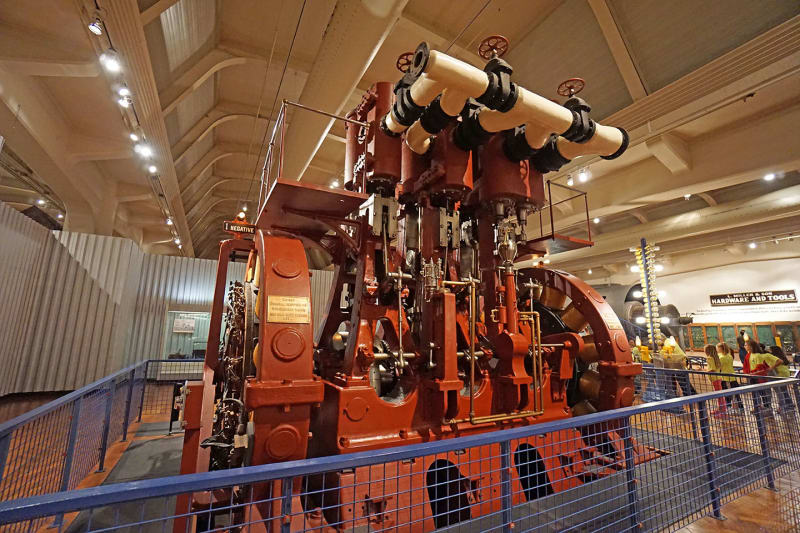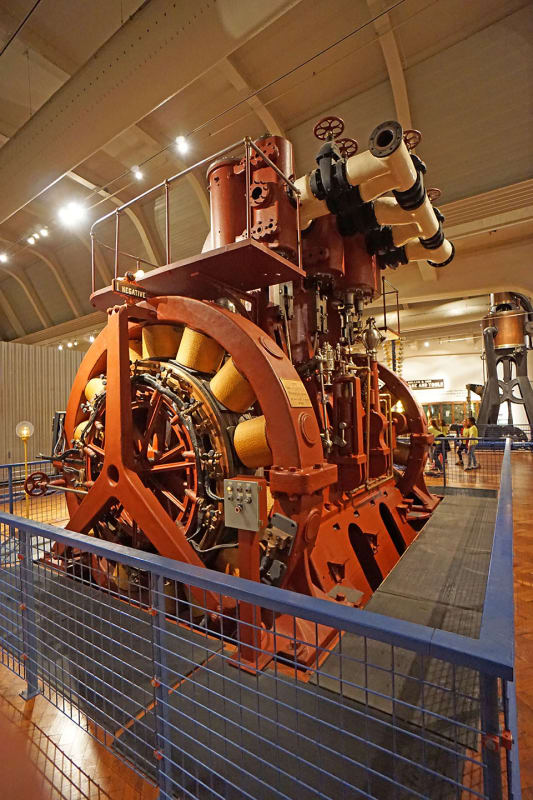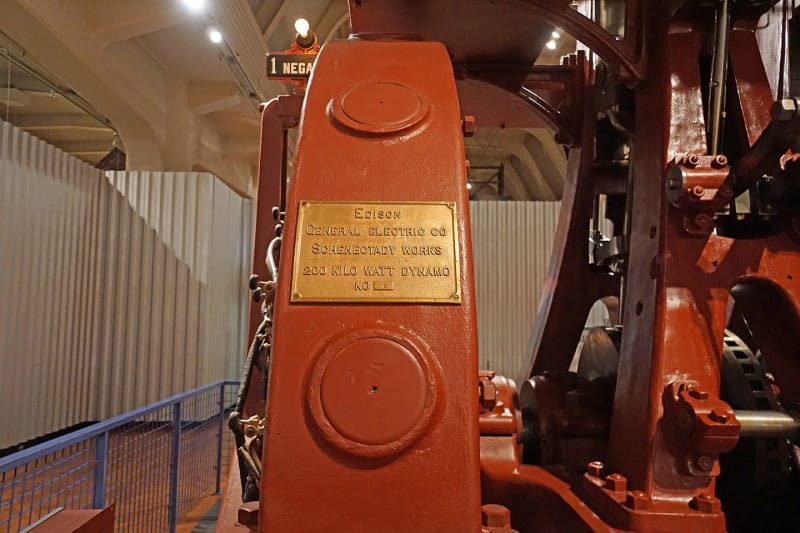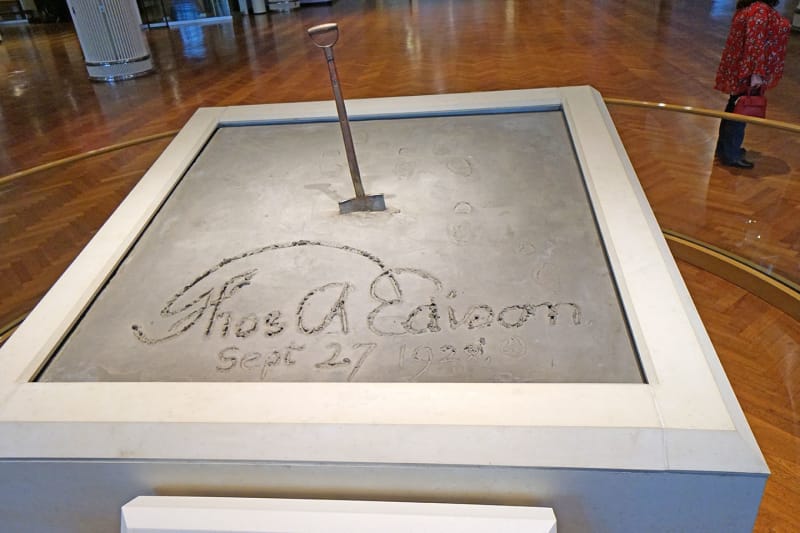-
1
- #1
Hoxton
Electrical
- Sep 5, 2006
- 434
Sorry this is late, well, sorry it has happened at all!
Another British manufacturer bites the dust. I did my student apprenticeship there, building transformers, switchgear, generators, motors and control systems. You cannot get training like that anymore!
Training? I was just relating to a friend the other day that as a student, I was working in switchgear spares (you worked everywhere, I never cleaned the bathrooms, but came close), I found a customer order in my in-tray and a note on it on it from my boss, "see me"
I went to him with piece of paper, “What is that?” he asked. I had learnt by then not to be clever and say, ‘a piece of paper!’
“An order for a spare ‘Castell Key’” I said.
“And what is a Castell Key?” asked boss.
“Don’t know.” I replied.
"Correct reply, follow me.” He said. I followed him to the shop floor and we searched for a board equipped with Castell Keys, found one and I received a grounding in the device.
When we got back to the office he said to me, “They don’t teach you that in college do they?”
“What do I do with this?” I said, holding the order for a Castell Key.
“What have you learnt?” he asked.
“Having a spare Key might be dangerous?” I said.
“This is how we deal with it…” he said.
Another British manufacturer bites the dust. I did my student apprenticeship there, building transformers, switchgear, generators, motors and control systems. You cannot get training like that anymore!
Training? I was just relating to a friend the other day that as a student, I was working in switchgear spares (you worked everywhere, I never cleaned the bathrooms, but came close), I found a customer order in my in-tray and a note on it on it from my boss, "see me"
I went to him with piece of paper, “What is that?” he asked. I had learnt by then not to be clever and say, ‘a piece of paper!’
“An order for a spare ‘Castell Key’” I said.
“And what is a Castell Key?” asked boss.
“Don’t know.” I replied.
"Correct reply, follow me.” He said. I followed him to the shop floor and we searched for a board equipped with Castell Keys, found one and I received a grounding in the device.
When we got back to the office he said to me, “They don’t teach you that in college do they?”
“What do I do with this?” I said, holding the order for a Castell Key.
“What have you learnt?” he asked.
“Having a spare Key might be dangerous?” I said.
“This is how we deal with it…” he said.

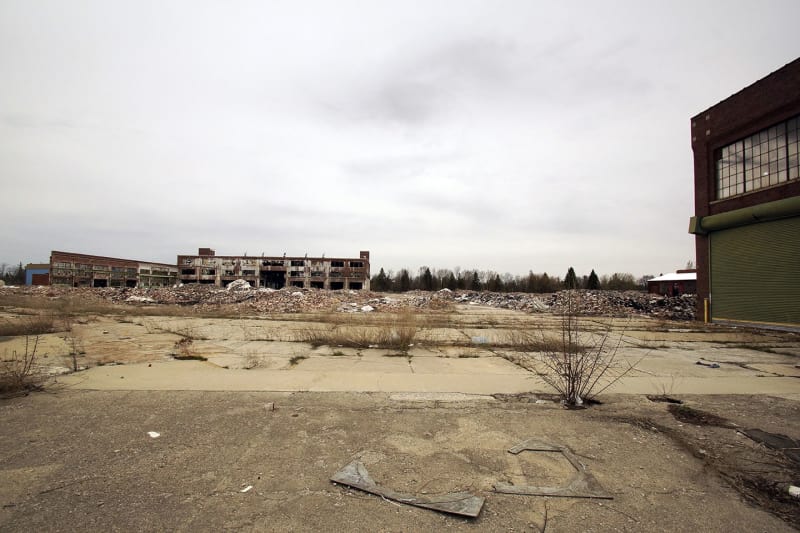
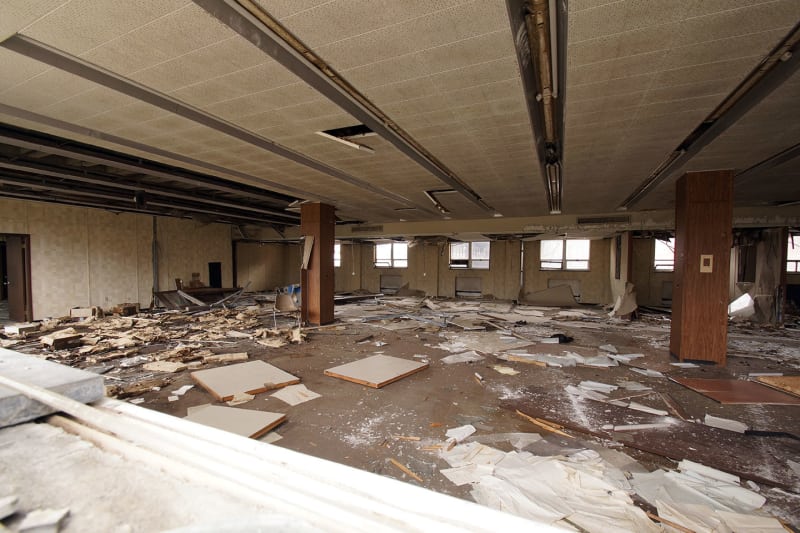
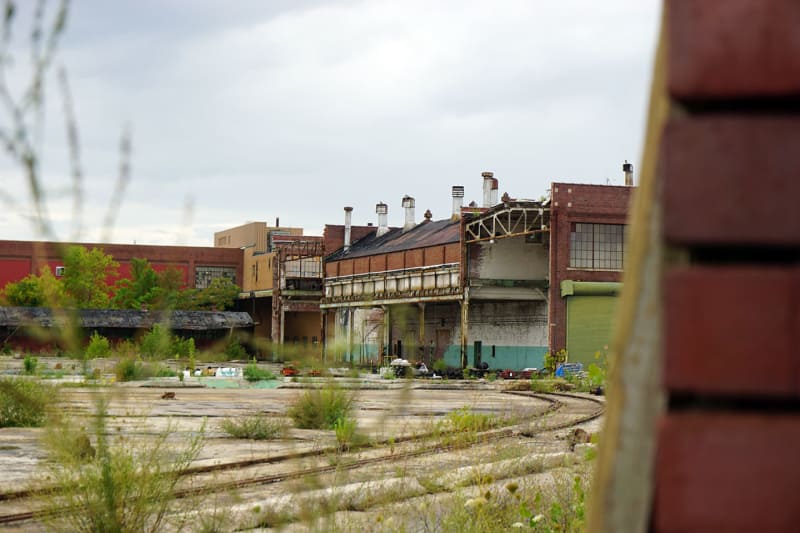
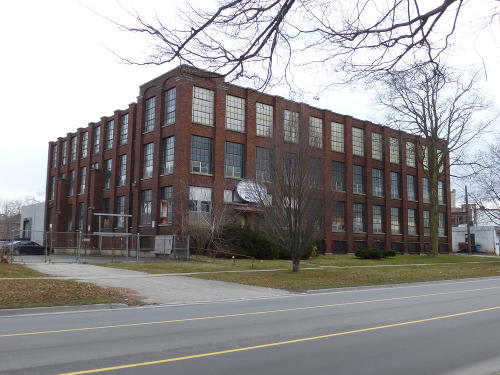
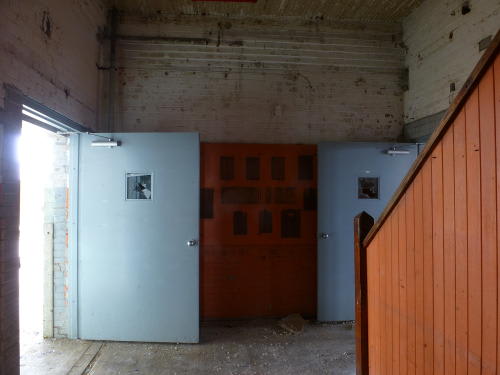
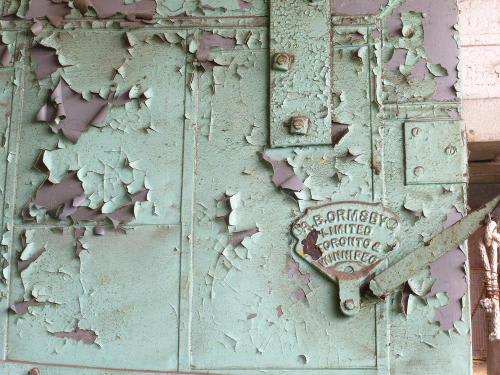
![[smile] [smile] [smile]](/data/assets/smilies/smile.gif) I bet they're beautifully built.
I bet they're beautifully built.